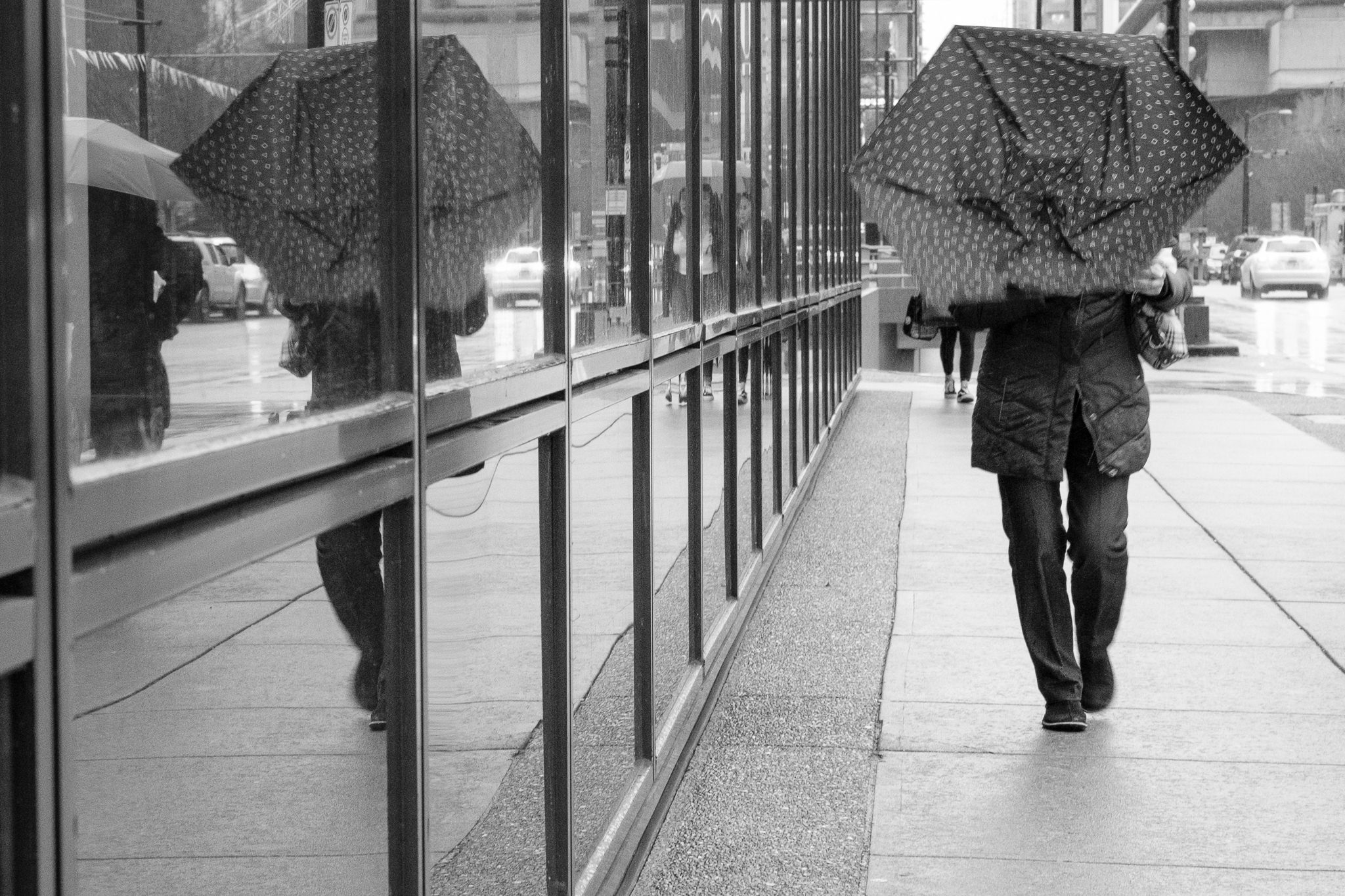Things about Framing Streets
Table of ContentsFraming Streets Things To Know Before You BuyFraming Streets Can Be Fun For Anyone6 Easy Facts About Framing Streets ShownFraming Streets Can Be Fun For EveryoneUnknown Facts About Framing StreetsThe 7-Second Trick For Framing Streets
, normally with the goal of catching images at a decisive or poignant minute by careful framework and timing. https://triberr.com/framingstreets1.
Some Ideas on Framing Streets You Need To Know
Susan Sontag, 1977 Road digital photography can concentrate on people and their actions in public. In this respect, the street professional photographer is comparable to social documentary digital photographers or photojournalists who likewise function in public areas, but with the goal of catching newsworthy occasions. Any one of these photographers' images might record individuals and residential or commercial property noticeable within or from public areas, which frequently entails navigating honest concerns and laws of privacy, security, and property.
Depictions of day-to-day public life create a category in virtually every duration of globe art, beginning in the pre-historic, Sumerian, Egyptian and early Buddhist art periods. Art handling the life of the street, whether within views of cityscapes, or as the dominant concept, shows up in the West in the canon of the North Renaissance, Baroque, Rococo, of Romanticism, Realistic look, Impressionism and Post-Impressionism.
Some Of Framing Streets
Louis Daguerre: "Boulevard du Holy place" (1838 or 1839) In 1838 or 1839 the very first picture of numbers in the road was videotaped by Louis-Jacques-Mand Daguerre in one of a set of daguerreotype views extracted from his studio window of the Blvd du Holy place in Paris. The second, made at the elevation of the day, shows an uninhabited stretch of street, while the other was taken at concerning 8:00 am, and as Beaumont Newhall reports, "The Blvd, so regularly loaded with a moving bunch of pedestrians and carriages was perfectly singular, other than an individual who was having his boots combed.
Subsequently his boots and legs were well defined, however he lacks body or head, due to the fact that these were in movement." Charles Ngre, waterseller Charles Ngre. https://moz.com/community/q/user/framingstreets1 was the first photographer to acquire the technical sophistication called for to register individuals in movement on the road in Paris in 1851. Digital Photographer John Thomson, a Scotsman collaborating with journalist and social activist Adolphe Smith, published Street Life in London in twelve monthly installments beginning in February 1877
Top Guidelines Of Framing Streets
Eugene Atget is considered a progenitor, not since he was the very my response first of his kind, however as an outcome of the popularisation in the late 1920s of his document of Parisian roads by Berenice Abbott, that was influenced to undertake a similar documentation of New York City. [] As the city developed, Atget helped to promote Parisian streets as a deserving subject for photography.

Not known Incorrect Statements About Framing Streets
Andre Kertesz.'s extensively appreciated Images la Sauvette (1952) (the English-language version was labelled The Crucial Minute) advertised the idea of taking an image at what he labelled the "decisive moment"; "when form and content, vision and composition merged into a transcendent whole" - 50mm street photography.
4 Simple Techniques For Framing Streets
, then an instructor of young youngsters, associated with Evans in 193839.'s 1958 publication,, was significant; raw and frequently out of focus, Frank's photos questioned conventional digital photography of the time, "challenged all the formal regulations laid down by Henri Cartier-Bresson and Pedestrian Evans" and "flew in the face of the wholesome pictorialism and wholehearted photojournalism of American magazines like LIFE and Time".